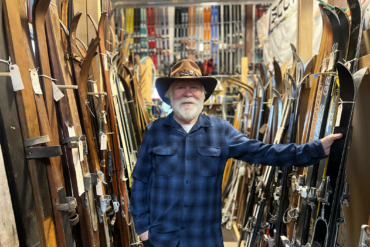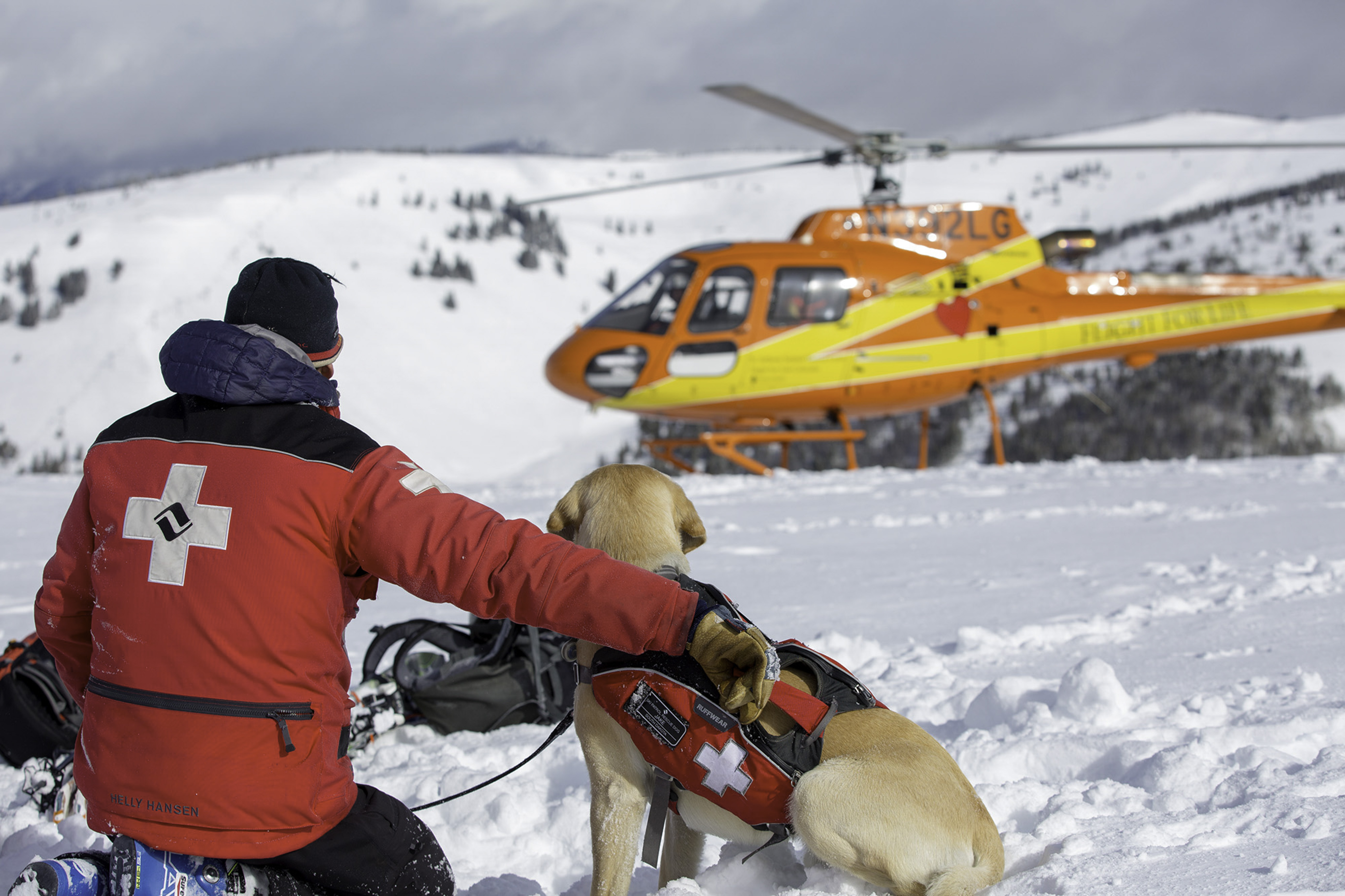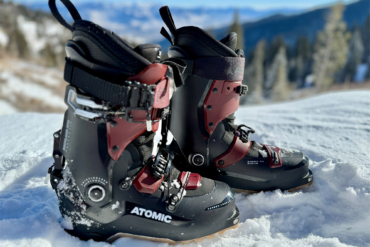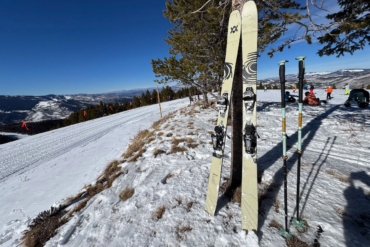Last week in this space I covered a ski adventure in British Columbia, where I recently participated in a class on skiing steep and “extreme” terrain. My equipment for the class, which used glacial bowls and rock-lined chutes at Whistler Blackcomb resort as its educational venue, included a lightweight ski setup from Dynafit that got a few odd looks. “You hitting the backcountry out here?” a skier on a chairlift asked as we floated uphill in a Whistler Blackcomb storm.
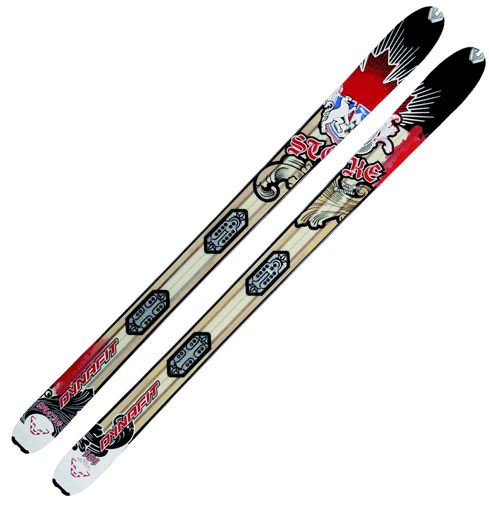
My Dynafit gear, an alpine-touring setup, is made for the backcountry, and its bindings switch modes to allow for a free-heel stride when heading uphill where chairlifts don’t go. But during my Whistler Blackcomb weekend I stayed locked in and did not release the heels once. We rode chairlifts the whole time, and I skied powder bowls, sidecountry chutes, and double-diamond mogul runs in the light Dynafit gear without ever thinking twice.
The category of alpine-touring equipment has evolved greatly in recent years to a point where it’s almost indistinguishable from its downhill or alpine category cousin. Though extra light and made with backcountry features to accommodate going uphill as well as down, the new generation of skis, boots and bindings from Dynafit and other “AT” gear makers is capable on virtually any type of terrain.
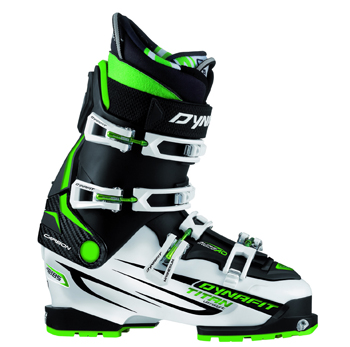
Take my skis as example. The Dynafit Stoke skis I used have metal notches on their tips to accommodate removable climbing skins attached to the ski base, which are used to give traction going uphill. The build of the ski and its weight, at about 3.5 pounds a ski, is meant for long days ascending in lift-less mountain wilderness.
But with a locked-in heel, the setup acts like a downhill kit. The skis can fillet steeps, bumps, ice, crud, and with a fat body they surf in powder snow. The bindings, the most peculiar part of the Dynafit package, have skeletal toe pieces made with springs, tiny metal levers, and pins that snap in holes on a boot’s edge. But on Whistler Blackcomb’s hardest runs the bindings, Dynafit’s Vertical ST model, never budged.
My boots for the weekend, called the Titan Ultralight, are half the weight of some comparable downhill boots. They have modes to switch from a stiff, responsive feel for downhill to a “walk” mode that gives flexibility in the cuff for accommodating motion on the ups.
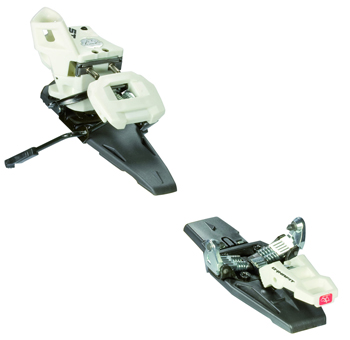
Caveats? Price tags are high for this kind of hybrid equipment. Indeed, at retail pricing the packaged I demo’d for the weekend would cost about $2,000. Not cheap. Further, if you mainly ski resorts and ride lifts, there is no reason to consider this specialized gear. You’ll likely pay far less and get better performance and durability from an alpine package.
But if you’re a backcountry aspirant, or a dedicated outback junkie, I can recommend the Dynafit system as a “no compromises” solution — it’s fast and efficient on the uphills, but lock in for the descent, in the backcountry or in-bounds at a resort, and you’re set for a solid ride.
—Stephen Regenold is founder and editor of www.gearjunkie.com.


